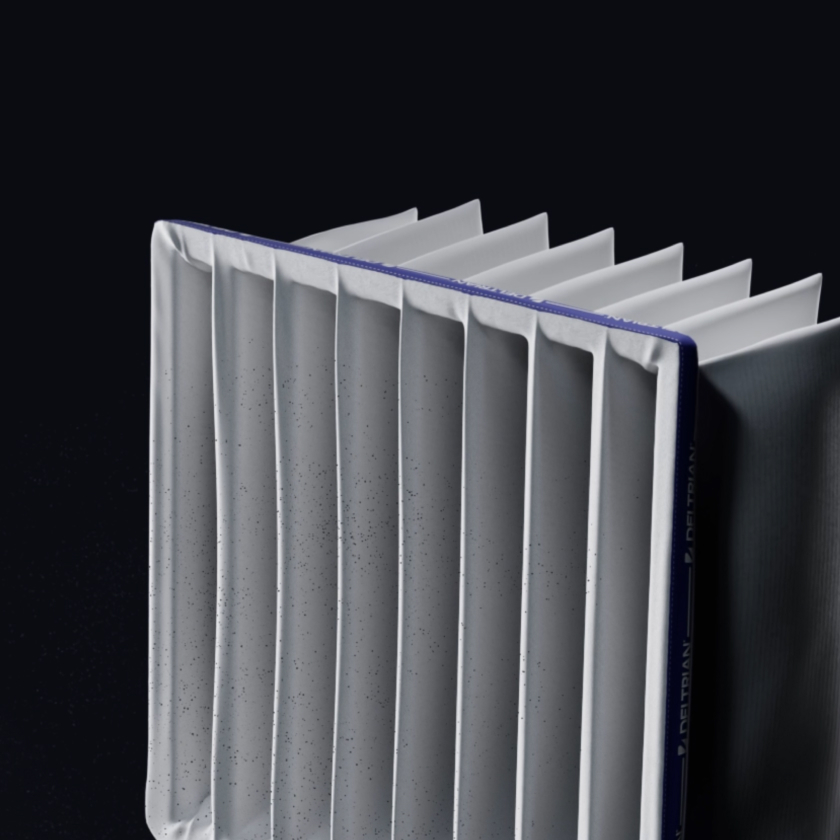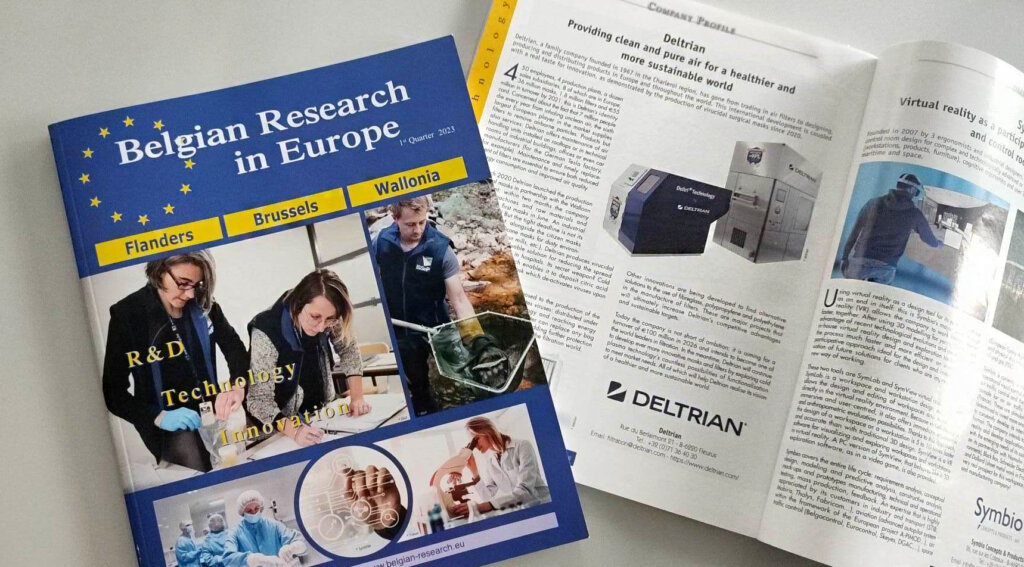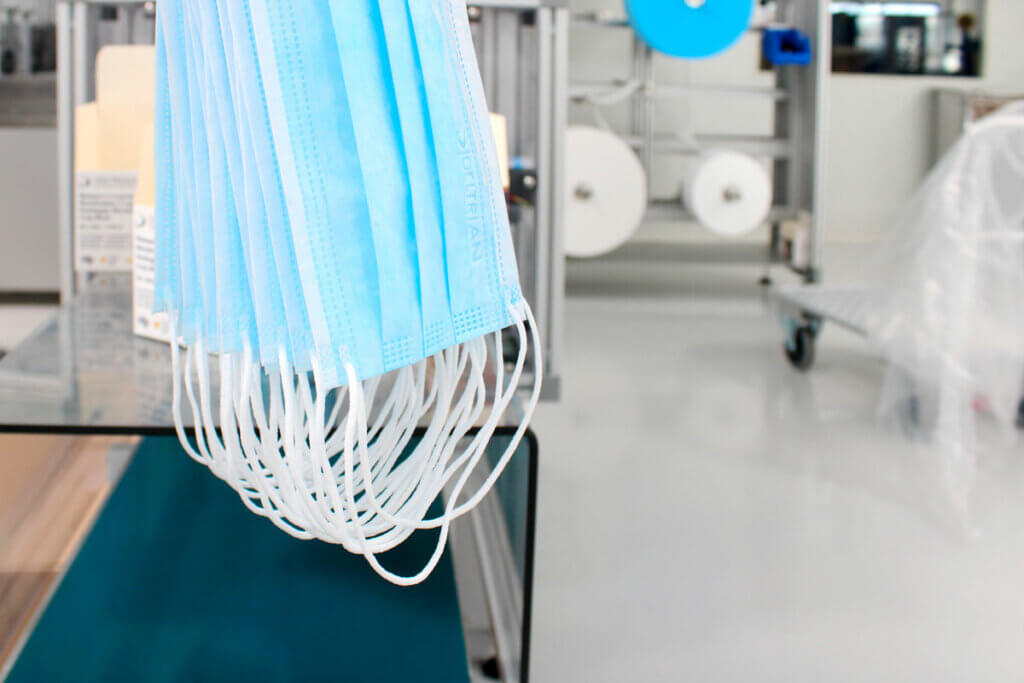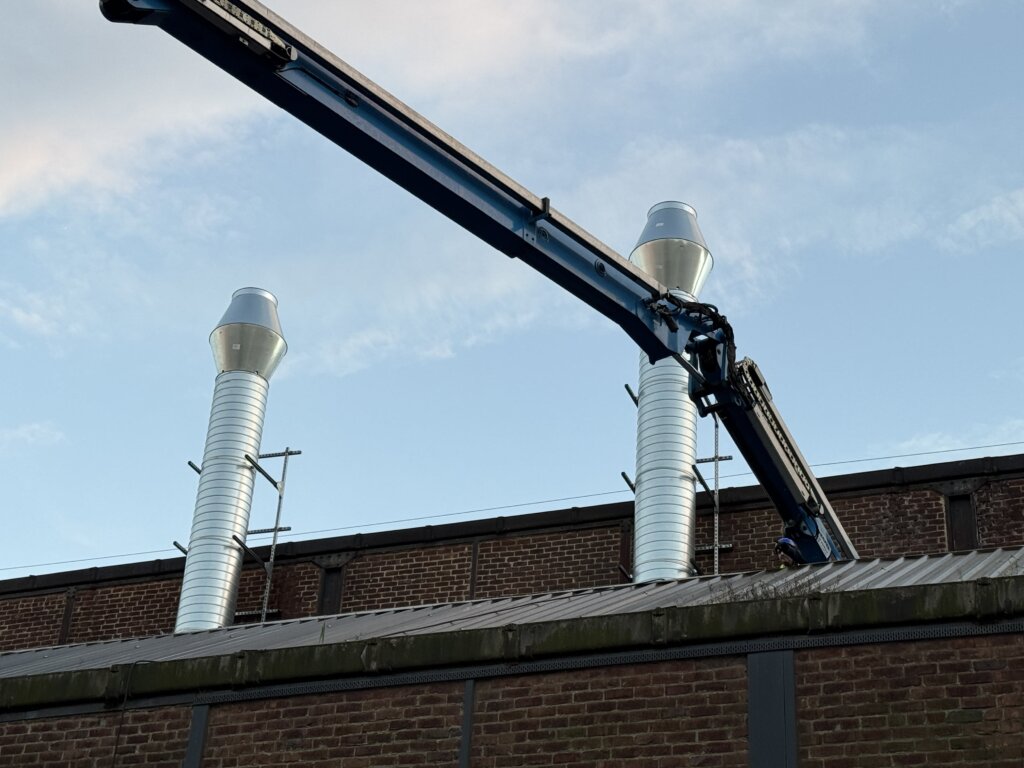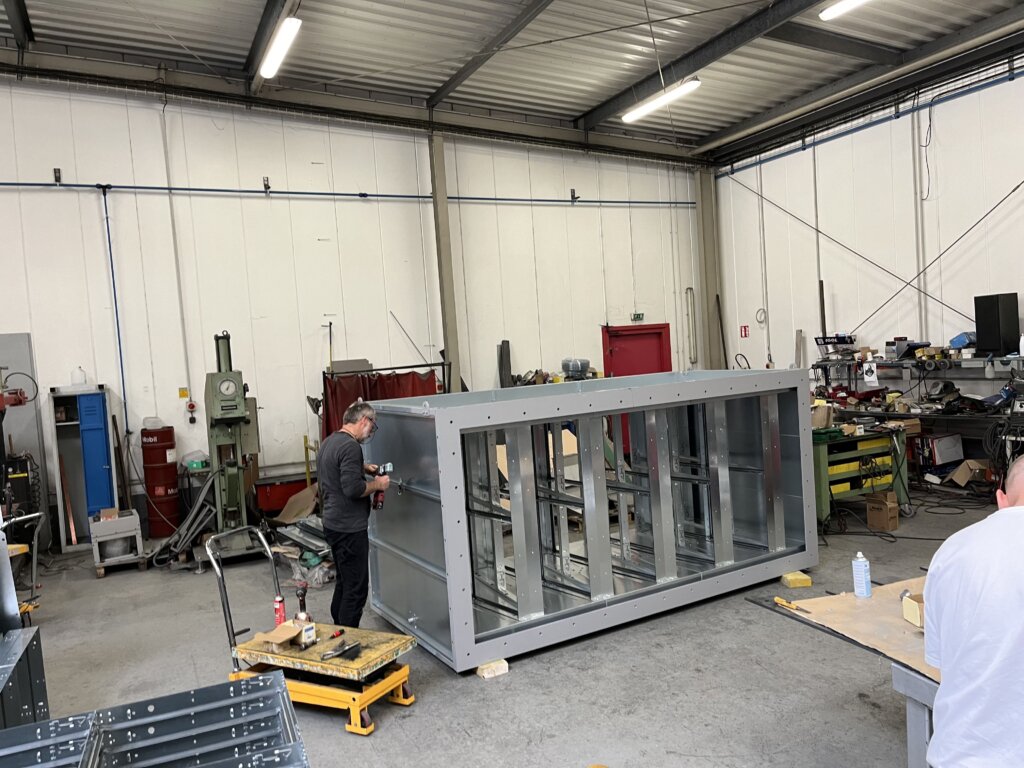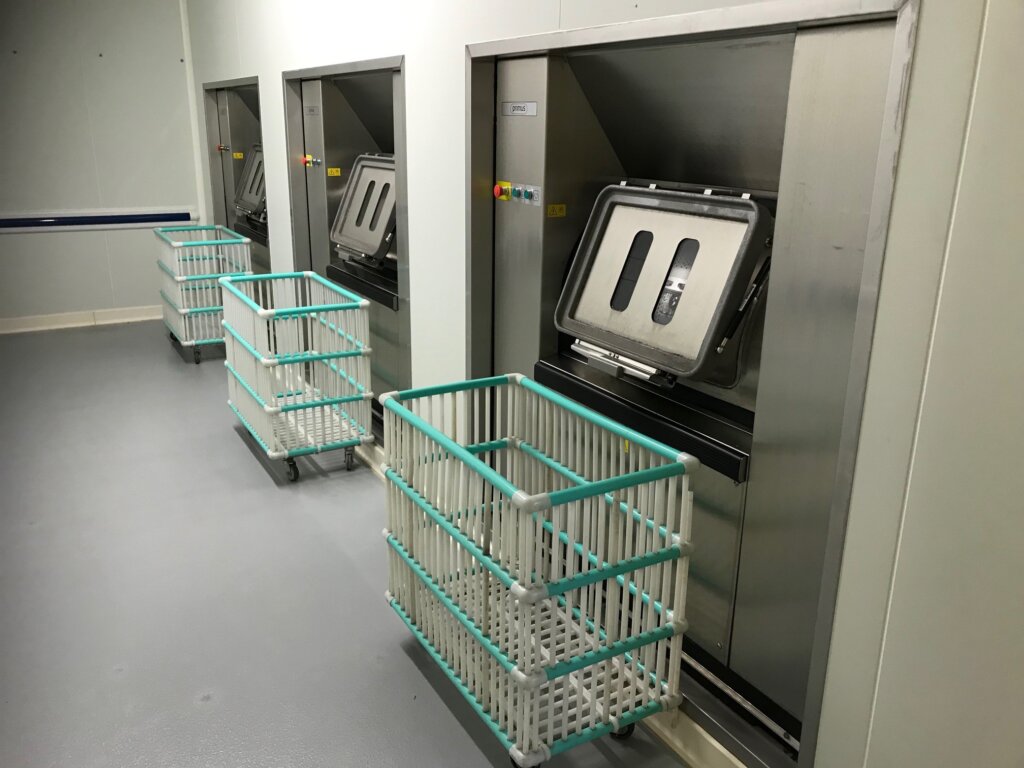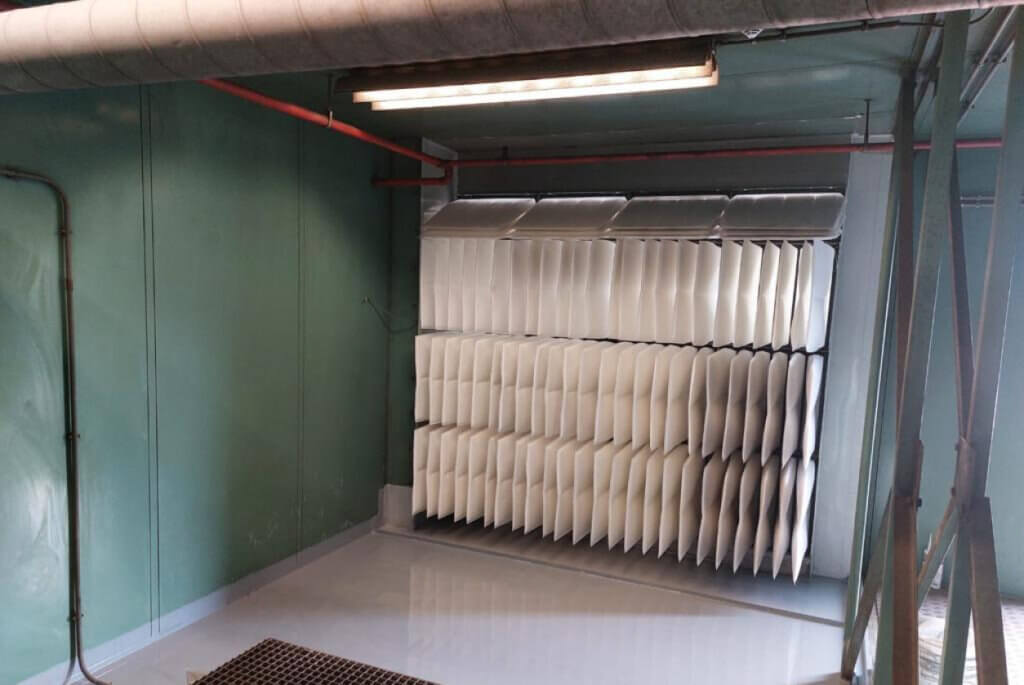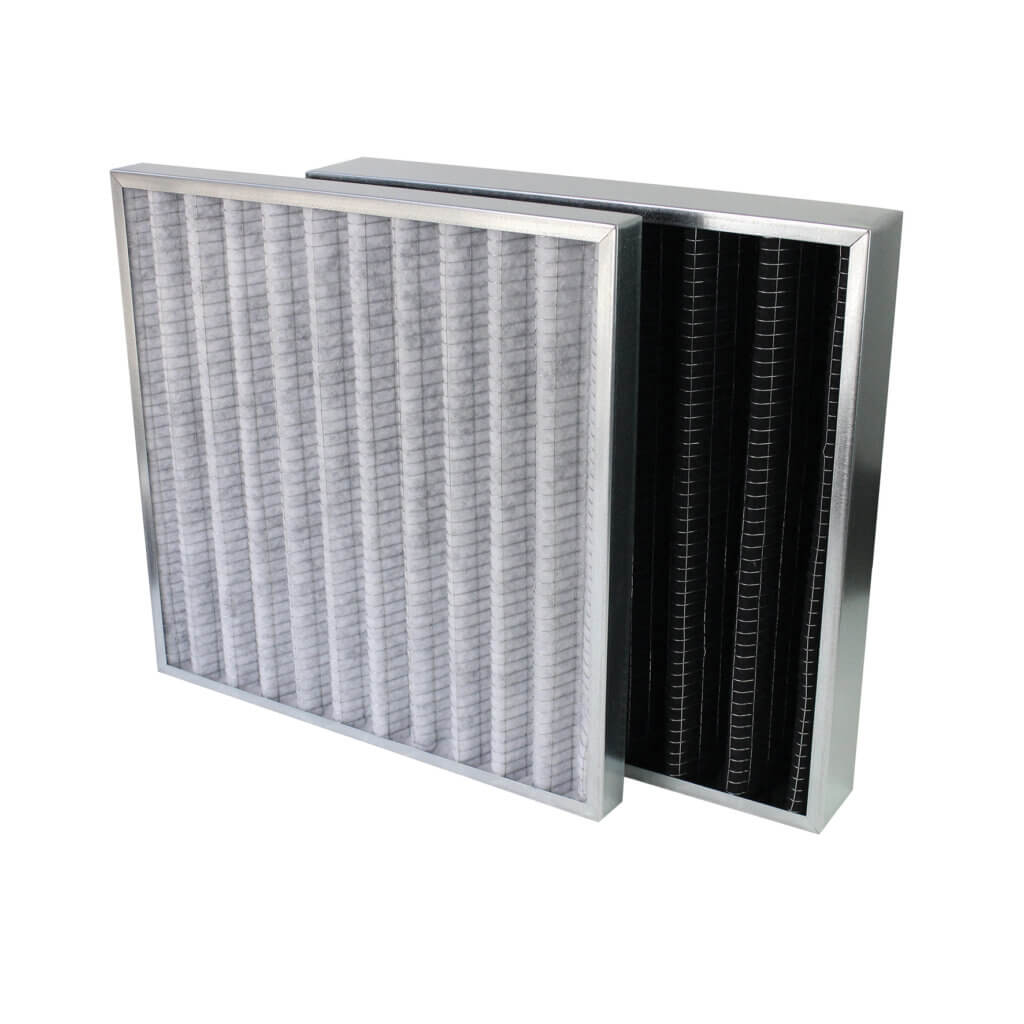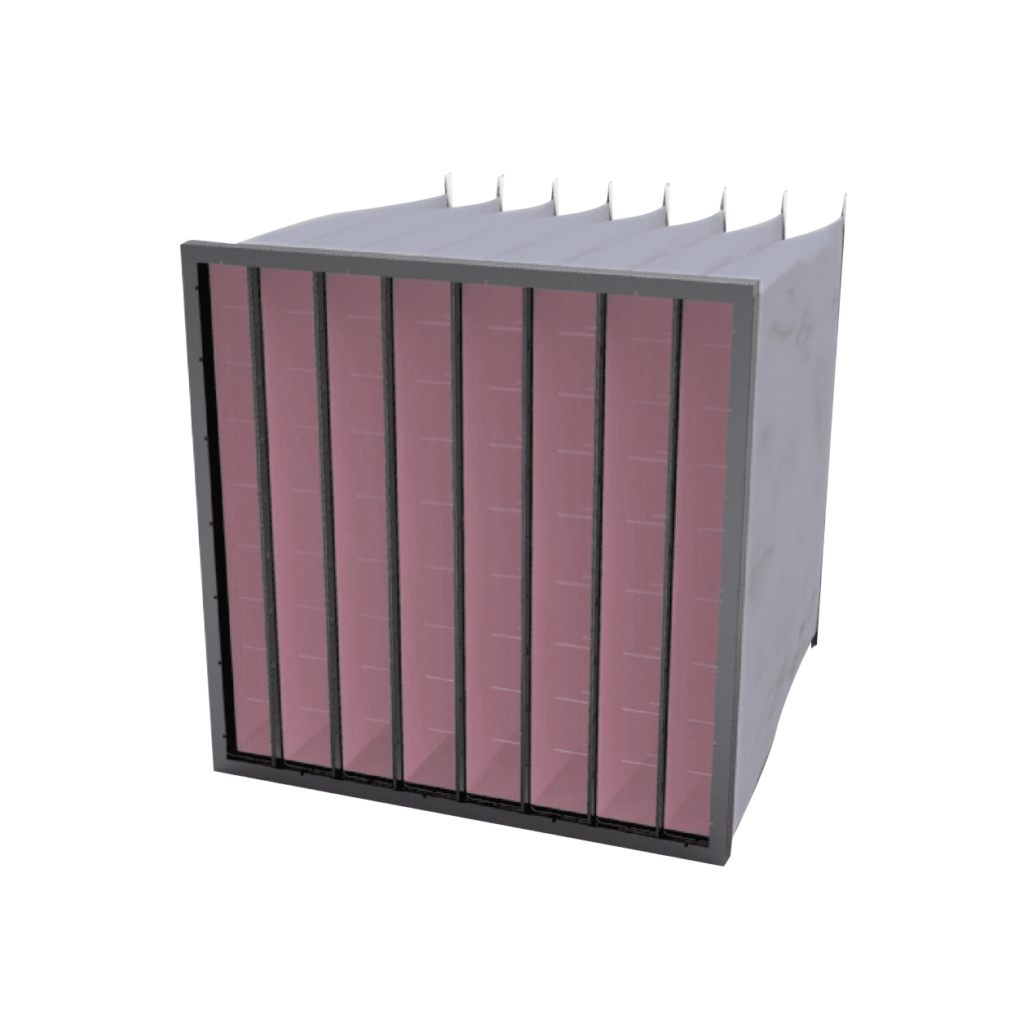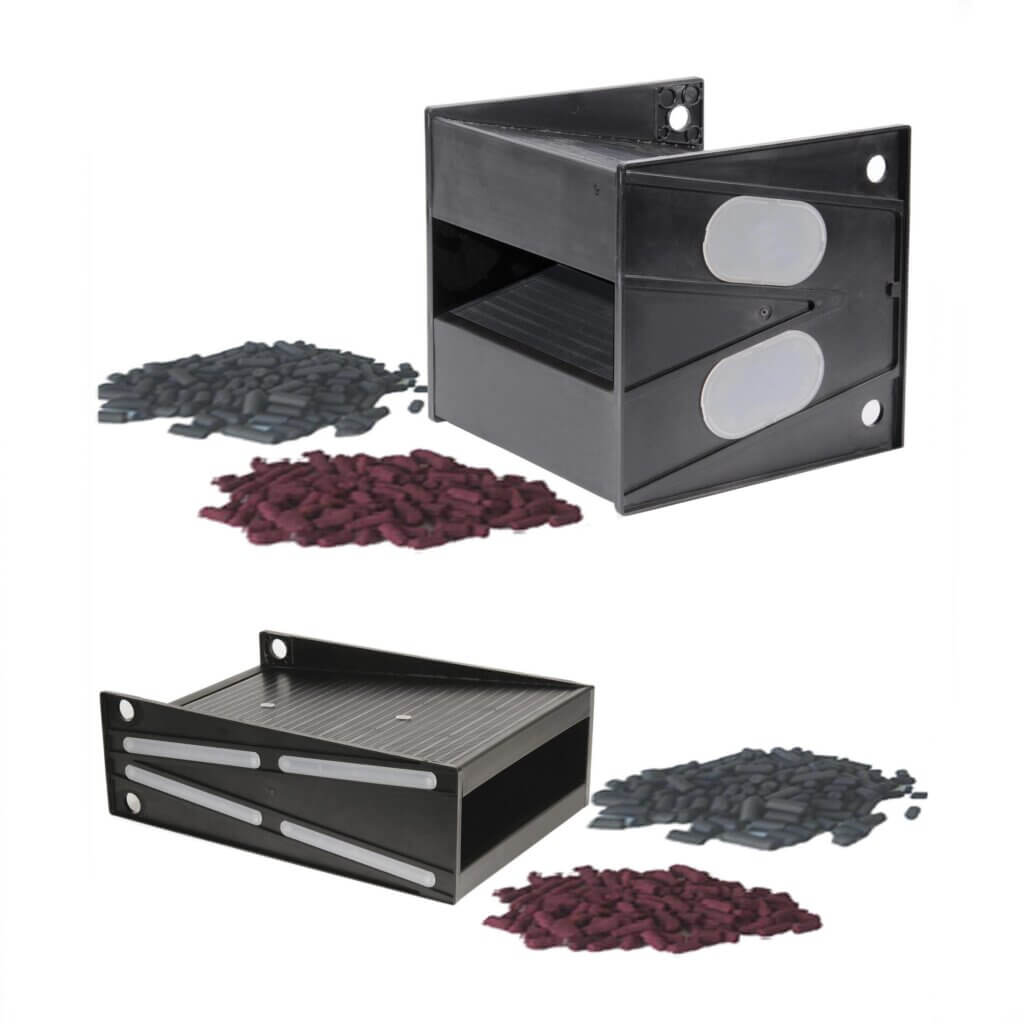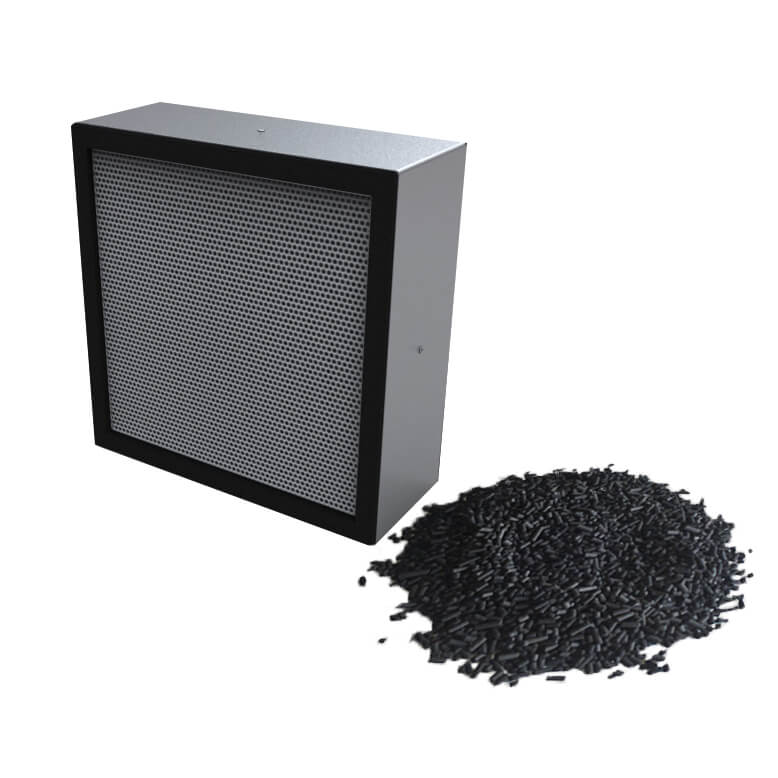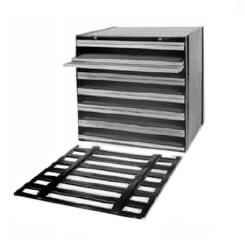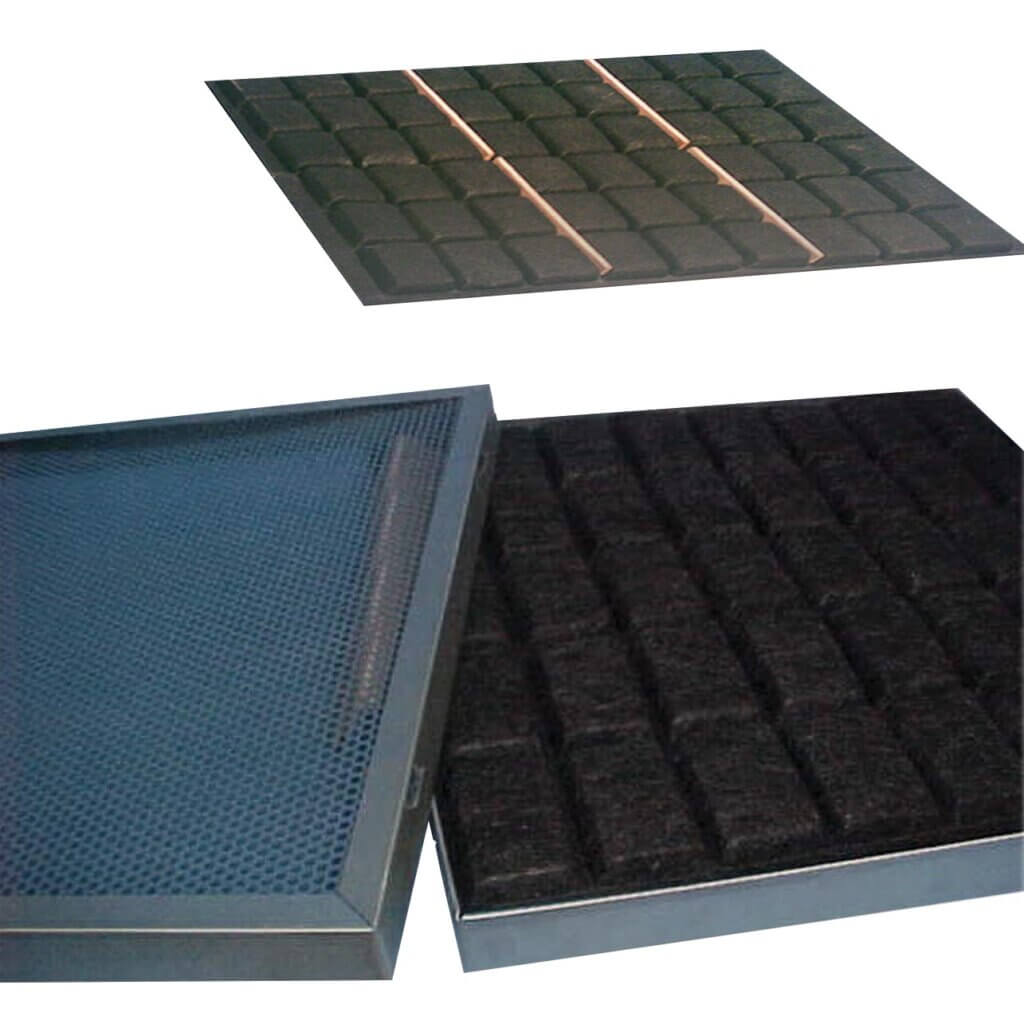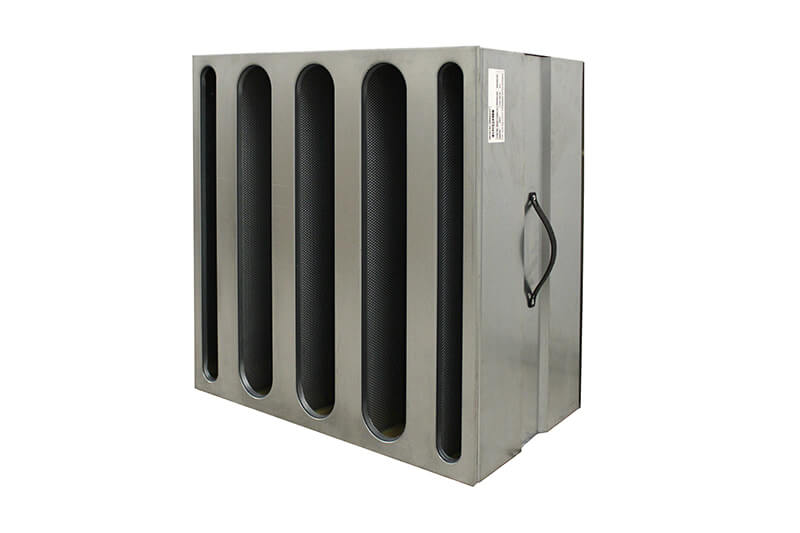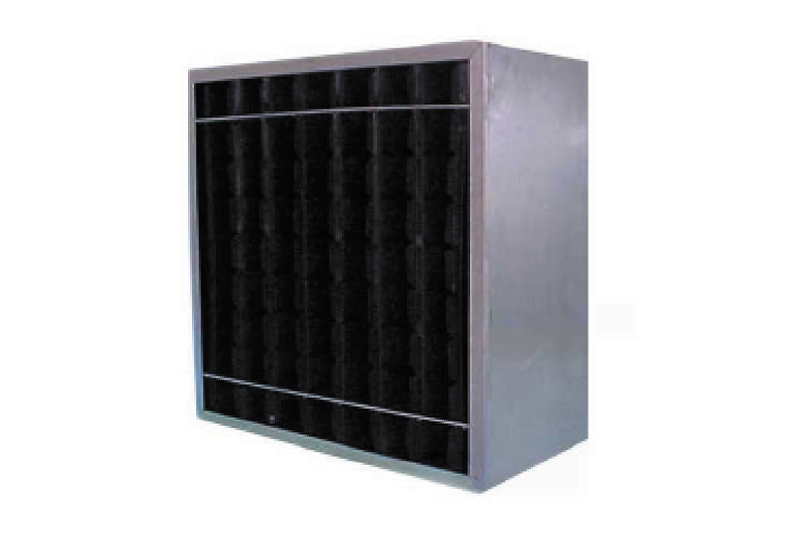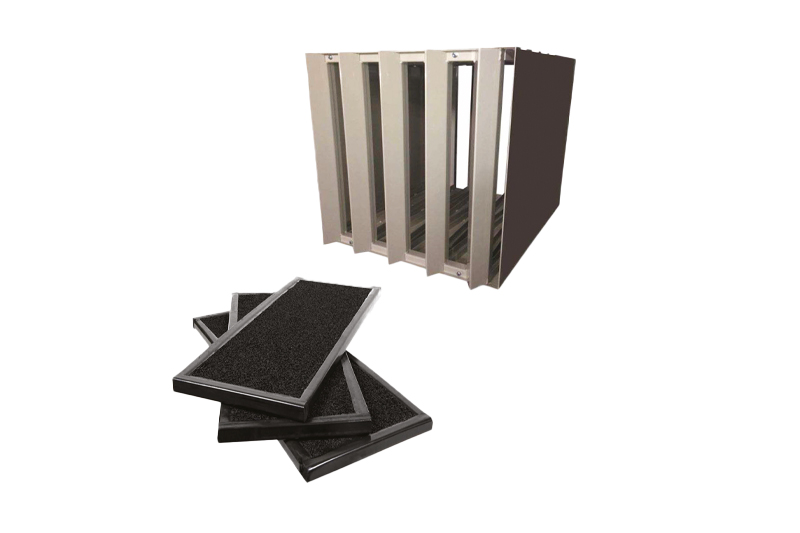Activated carbon: What is its role in air filtration?
Find out what activated carbon is, what the different types of activated carbon filters are, how they work, and why you should use them.
Published on 07.05.2024
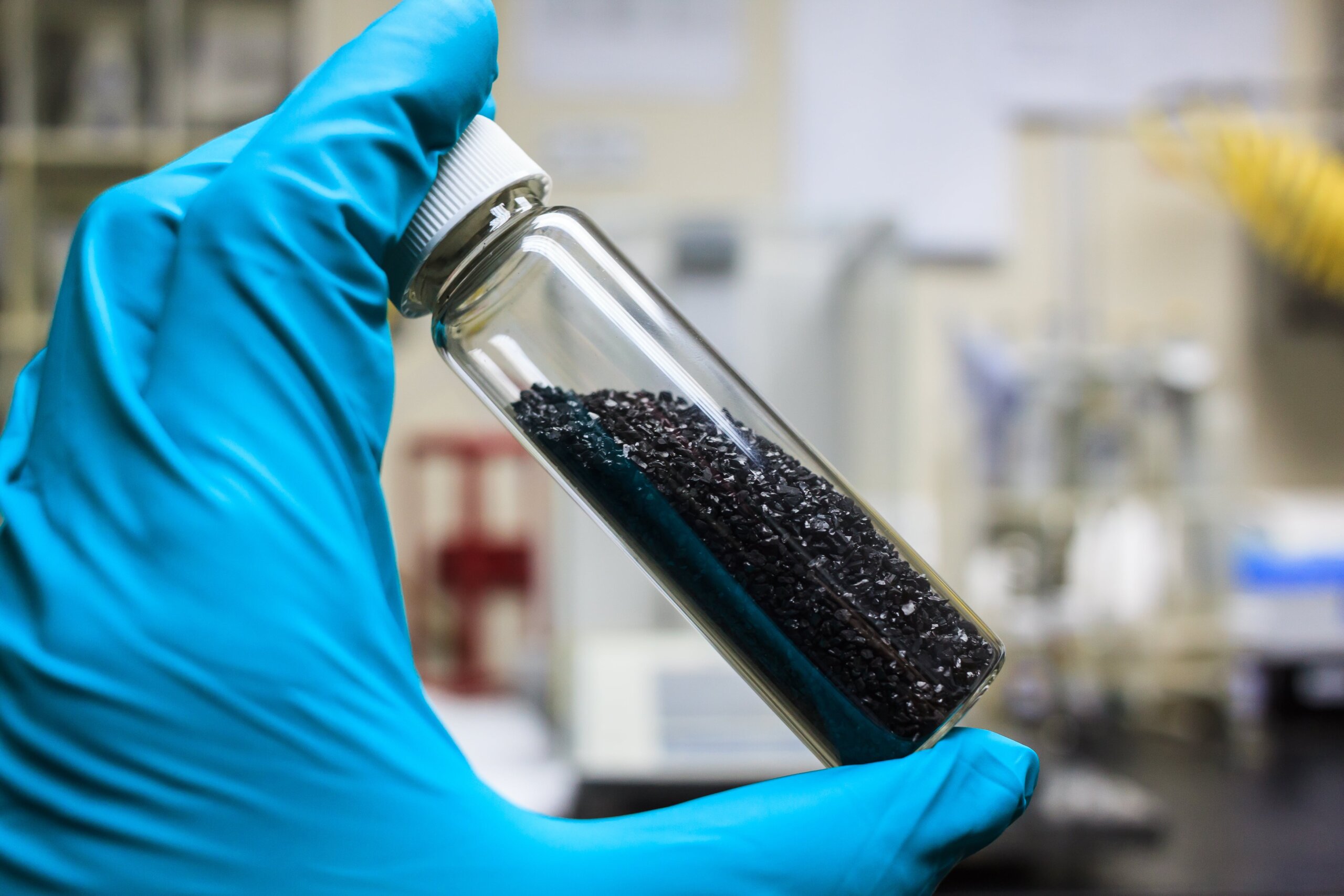
Table des matières
Activated carbon filters
Activated carbon: definition
Activated carbon filter: definition
Activated carbon filter categories
Activated carbon filter: how it works
Why use an activated carbon filter?
Choose Deltrian
Activated carbon filters
The importance of air purification
On average, the air we breathe indoors is 5 to 10 times more polluted than the air outside. When you consider that we spend more than 80% of our time in these spaces, and when you know the effects of this indoor pollution on our health, it’s easy to understand why using an air filtration system is worthwhile.
There are several types of filter, which can be categorized according to their efficiency, notably according to the ISO 16890 standard. That said, in this article, we’re going to focus on one specific type of filter: activated carbon filters.
You’ll discover what activated carbon is, what the different types of activated carbon filters are, how these filters work, and why you should use them.
Activated carbon: definition
What is activated carbon?
Activated carbon is characterized by a special treatment. Specifically, it is exposed to carbon dioxide or steam at very high temperatures. This process transforms the carbon, which develops a vast structure of tiny pores, considerably increasing the surface area available to capture molecules. This transformation makes activated carbon an extremely effective filter material. In addition, activated carbon filters are often enhanced by chemical treatment to optimize their ability to capture targeted pollutants.
Activated carbon filter: definition
What is an activated carbon filter?
As the name suggests, this type of filter uses activated carbon to capture pollutant particles, which remain trapped in the pores of the carbon.
Activated carbon acts like a magnet, attracting and retaining molecules and impurities in the air.
With a charcoal filter, you can rid your indoor air of all harmful particles, so you can breathe clean air and protect your health.
Activated carbon filter categories
What types of activated carbon filter are there?
We’re talking about charcoal filters, but there are several categories.
Ordinary charcoal filters
This type of carbon filter retains up to 45% of fine particles.
Long-life carbon filters
The difference with ordinary carbon filters is twofold:
- Long-lasting carbon filters extract up to 70% of fine particles.
- They are less harmful to the environment, as they have a longer service life and need to be replaced less often.
Regenerating charcoal filters
This is the most efficient type of carbon filter, capturing up to 85% of fine particles. They also have an extended service life and can be cleaned, enabling multiple uses.
Activated carbon filter: how it works
How does an activated carbon filter work?
The operation of an activated carbon filter is quite simple. The air to be purified enters the ventilation system, comes into contact with the filters and passes through the activated carbon. A chemical reaction then takes place: the fine particles present in the air adhere to the surface of the activated carbon, which is characterized by a large surface area of tiny pores. It is these pores, resulting from the process described above, that capture the fine particles and release purified air.
What’s more, to optimize its efficiency, the activated carbon filter can be used in synergy with another filter (G4, for example). The idea is to prevent coarse particles from reaching the activated carbon, so as not to saturate it and clog its pores, and thus maintain its efficiency for longer.
Coarse particles include :
- Dust,
- Mould spores,
- Wood, textile and cardboard fibers,
- animal hair.
Why use an activated carbon filter?
Why use an activated carbon filter?
Using an activated carbon filter offers many benefits, including getting rid of unwanted contaminants.
These contaminants include :
- Hydrogen sulfide,
- VOCs (acetone, benzene, styrene, ethanol, perchloroethylene, etc.),
- Ammonia,
- Aromatics.
These particles, present in the air, are harmful and can damage your health. Activated charcoal is an effective way of protecting you from them.
What’s more, activated carbon is generally sold ready-to-use in the form of a cell filter, ready to replace used activated carbon. It then needs to be inserted into your air filtration system. Deltrian can help you with this, in particular with our TFM (Total Filtering Management) service. This service enables you to entrust us with the maintenance of your air filtration system, so you can be sure of breathing clean air all year round.
Choose Deltrian
Need a filtration system? Contact Deltrian!
At Deltrian, our mission is to offer as many solutions as possible for clean indoor air. Explore our site to discover them, and contact us via the form below to find out more.
Do you have any questions? Our team is here to help you.
Our experts are available to answer all your questions.
































